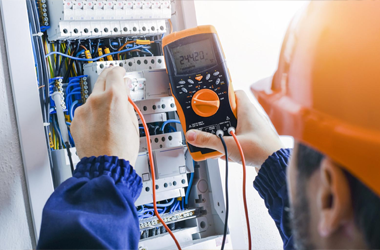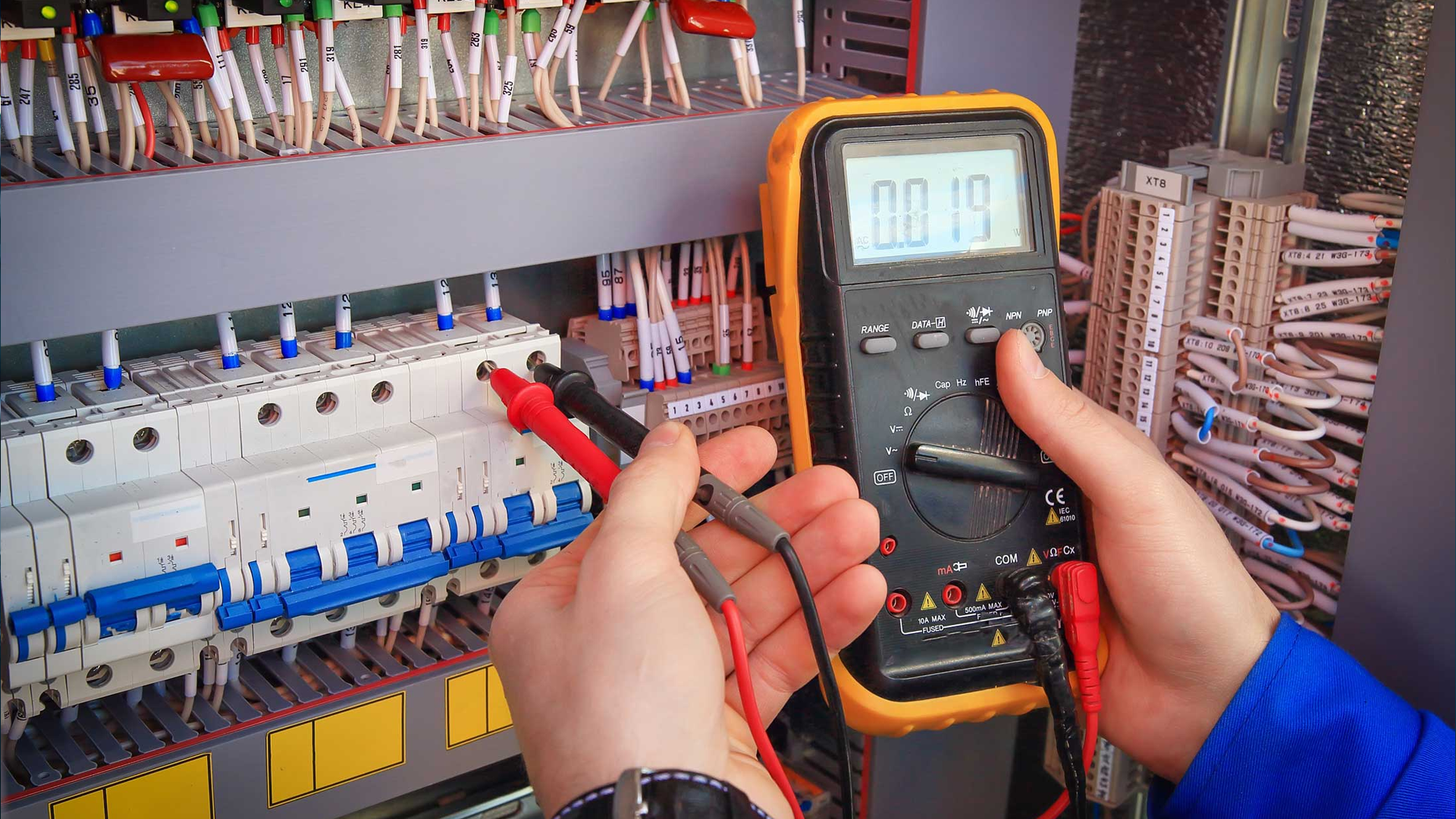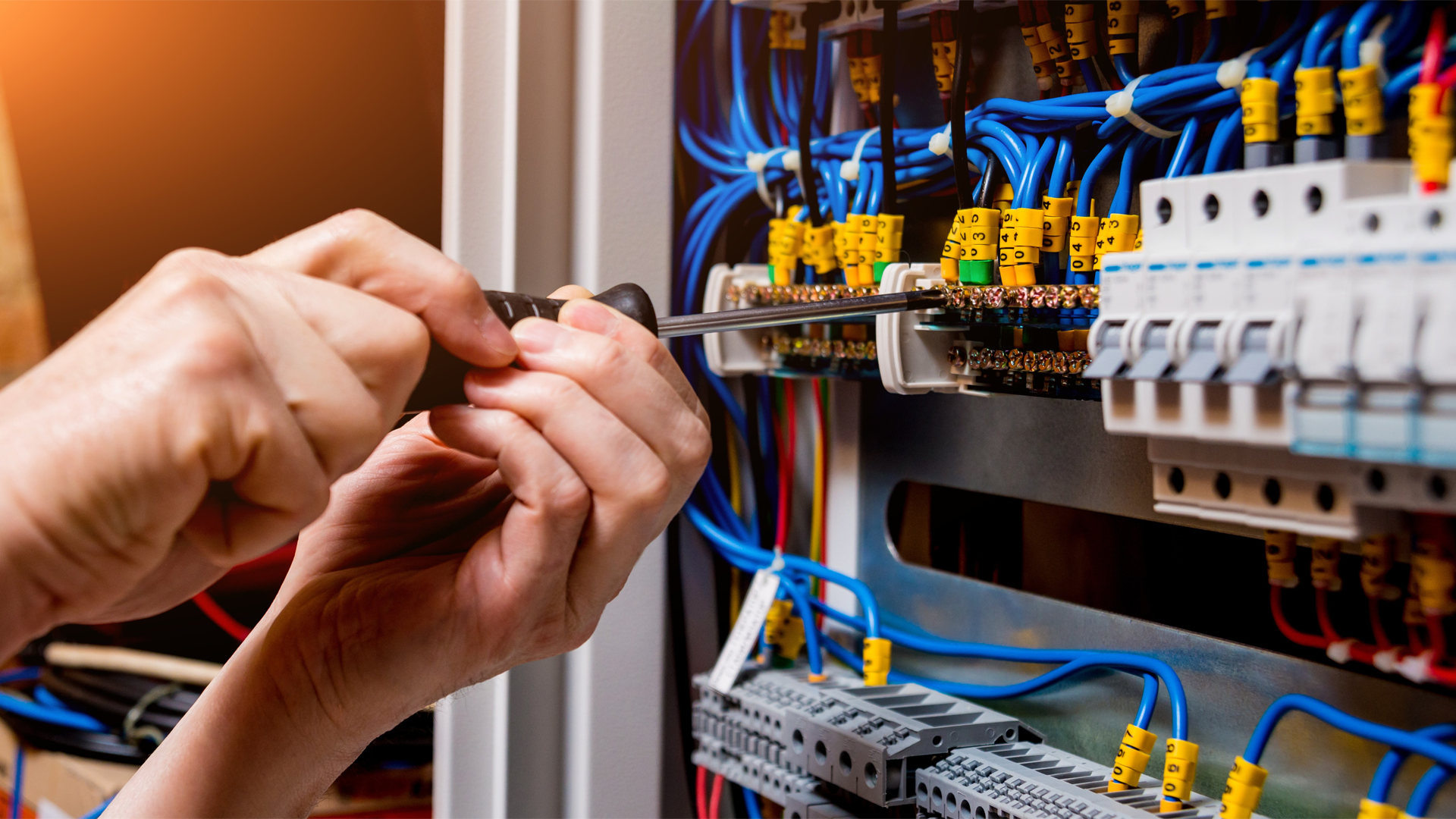Have you ever wondered why does a surge protector keep tripping or why your devices suddenly stop working even when everything seems fine? Surge protectors are essential for protecting your electronics from volt surge and unexpected power spikes. But even the best surge protection devices can fail under high load.
In this blog, we will explore what causes a surge protector to fail and share practical advice on how to tell if a surge protector has failed. By the end, you will understand SPD damage, signs to watch for, and tips to keep your home safe with whole house surge protectors.
Table of Contents
1. Exceeding Maximum Current Load
Have you ever plugged in your heater, air conditioner, and several electronics at once, only to notice your surge protector keeps tripping? This happens because surge protectors are designed to handle a specific amount of electricity. Exceeding their maximum current load can trigger the device to shut off, protecting your appliances from SPD damage.
You might ask why does my surge protector keep turning off? It occurs because the protector is preventing excess current from damaging your home wiring or devices. Some people also wonder “Will a surge protector keep a breaker from tripping if too many devices are plugged in”. The answer is no. The surge protector only prevents SPD damage, while the breaker protects your home wiring from overload. To avoid frequent trips, check the current rating, avoid daisy-chaining multiple strips, and spread high-wattage appliances across different outlets.
2. Poor-Quality Components
If you ever bought a bargain surge protector only to see it fail after a minor power surge, that is because low-quality surge protectors often have weak components, like thin wiring or low-grade metal oxide varistors, and sometimes no thermal protection at all. Even small spikes in electricity can stress these parts, causing SPD damage over time.
You might be asking yourself “Can a surge protector fail?” The answer is yes. What causes a surge protector to fail? Poor-quality components are often the culprit. This is why investing in a certified or UL-approved surge protection device ensures your electronics are truly protected.
3. Sustained Overvoltage or Volt Surges
Have you ever noticed your electronics acting strangely after a lightning storm or a sudden power spike? That is because volt surge can sometimes be more than a surge protector can handle. Surge protectors are designed for quick, short bursts of electricity, but if the surge lasts longer or is very strong, it can damage internal parts and cause SPD damage.
You might wonder what is a power surge protector doing during these events. Simply put, it diverts extra electricity away from your devices. But repeated strong surges, like from lightning or unstable grids, can wear down the components over time. To protect sensitive electronics, choose surge protectors with higher surge capacity and install them close to your main service panel or critical equipment.
4. Improper Installation or Connection Issues
Did you know that even a high-quality surge protector can fail if it is installed incorrectly? Loose wiring, using the wrong wire gauge, or poor grounding can prevent your surge protector from working properly. For example, a whole house surge protector installed too far from your main panel may react too slowly during a sudden volt surge, leaving your electronics vulnerable to SPD damage.
You might wonder why devices still get affected even with a surge protector in place. In most cases, the issue is connection problems or distance from sensitive equipment. To avoid this, always follow manufacturer instructions, check that wiring is tight, and test your grounding regularly. Proper installation ensures your surge protectors provide the protection they were designed to deliver.
5. Cumulative Wear and Tear
Even if you have a top-quality surge protector, repeated exposure to small or moderate surges over time can gradually degrade its components. This is called cumulative wear and tear. Metal oxide varistors inside the device slowly lose their ability to absorb excess electricity, which increases the risk of SPD damage.
You might be asking how often do surge protectors fail? The answer depends on your electrical environment. Homes with frequent lightning, utility switching, or fluctuating power are more likely to wear out their surge protectors faster. To avoid surprises, choose devices with high surge capacity, check for wear indicators, and replace aging units proactively to keep your electronics safe.
Signs of a Failing Surge Protector
If you are trying to figure out how to tell if a surge protector has failed, there are both visible and functional signs that can help. Knowing these signs is crucial because what happens when a surge protector fails can be serious—your electronics lose surge protection, which can lead to SPD damage, equipment failure, or even fire hazards. Catching the warning signs early lets you act before any damage occurs.
Common signs to watch for include:
- Cracks, melted parts, or discoloration on the surge protector
- Unusual heat or burning smells coming from the device
- Rust or corrosion on plugs or internal components
- Constant beeping or unusual noises from the surge protector
- Indicator lights not turning on or malfunctioning
- Frequent tripping of connected devices
- Electronics behaving erratically after minor power spikes
Conclusion
Surge protectors are essential for keeping your home electronics safe from volt surge and unexpected power spikes. However, they are not invincible. The main reasons surge protectors fail under high load include overloading, poor-quality components, sustained overvoltage, improper installation, and cumulative wear and tear.
If your surge protection system is aging or showing signs of failure, don’t wait for a costly or dangerous power surge. At Volt Techs Inc., our licensed and insured electricians specialize in professional surge protection services for homes and businesses. Call us today at (408) 667-0364 or visit https://volttechs.co/surge-protection/ to schedule your inspection and take the first step toward reliable, long-lasting protection for your home or office.
FAQs
Why does my surge protector keep tripping?
A surge protector may trip when too many high-wattage devices are plugged in, if internal components are degraded, or if there are repeated volt surge events. Check your current load and the protector’s rating to prevent frequent trips.
Can a surge protector fail?
Yes, even the best surge protection devices can fail over time due to cumulative wear and tear, sustained surges, or poor installation.
Why is my surge protector beeping?
Beeping often signals internal stress or impending failure. If you hear continuous beeps, inspect for visible damage or consider replacing the unit.
What happens when a surge protector fails?
When a surge protector fails, your devices lose protection from spikes, increasing the risk of damage, electrical faults, or even fire.
How to tell if a surge protector has failed?
Look for physical signs like cracks, discoloration, melting, burning smells, or corrosion. Functional issues include non-working indicator lights, frequent breaker trips, or devices acting erratically.
What is the function of a surge protector?
A surge protector diverts excess electricity away from connected devices, preventing SPD damage and protecting electronics from unexpected volt surge events.



